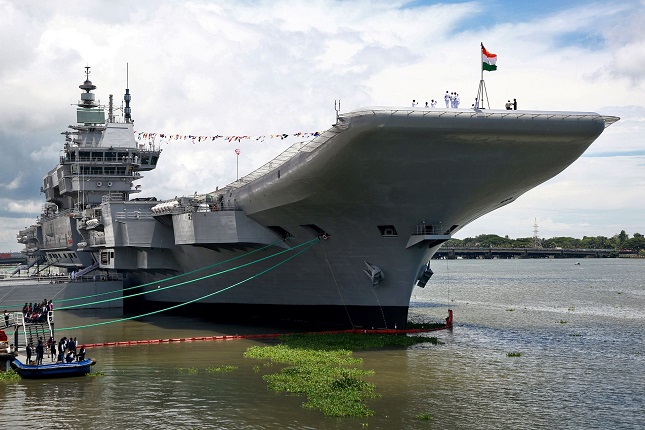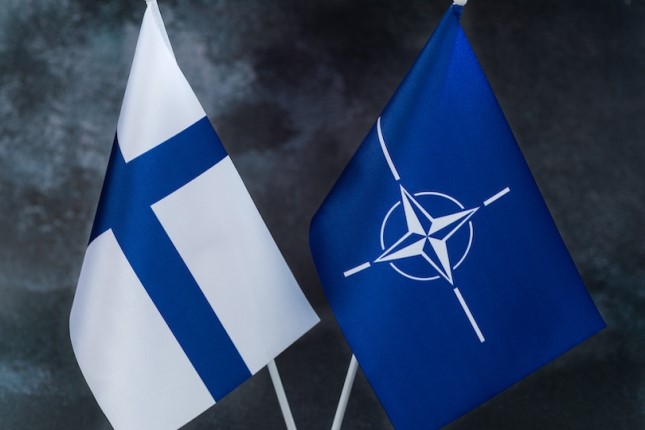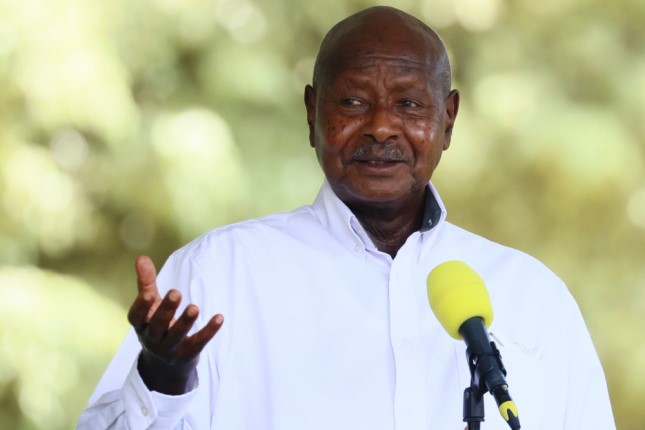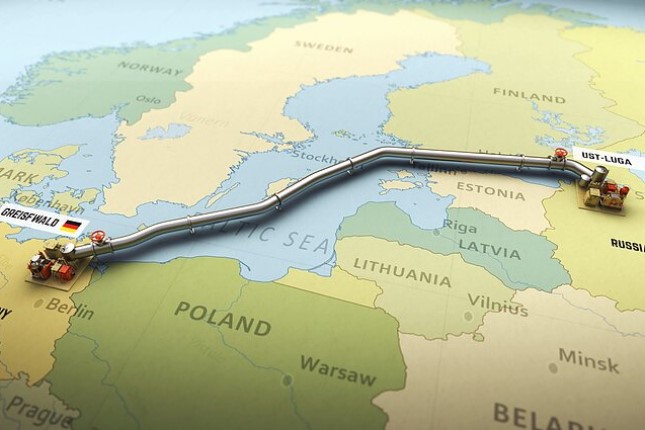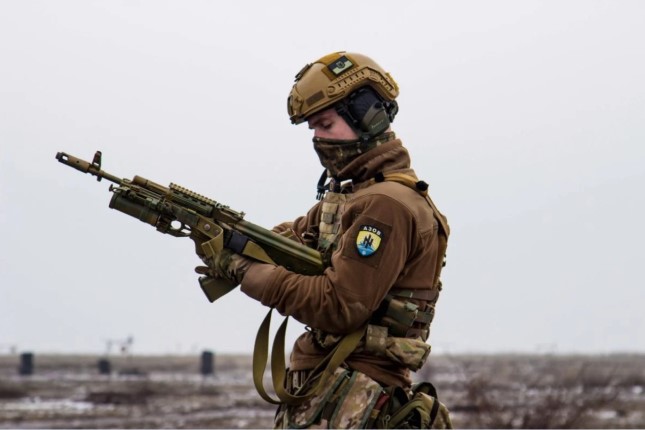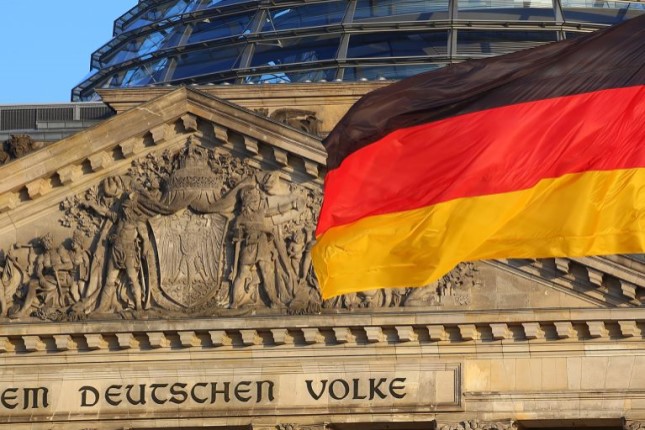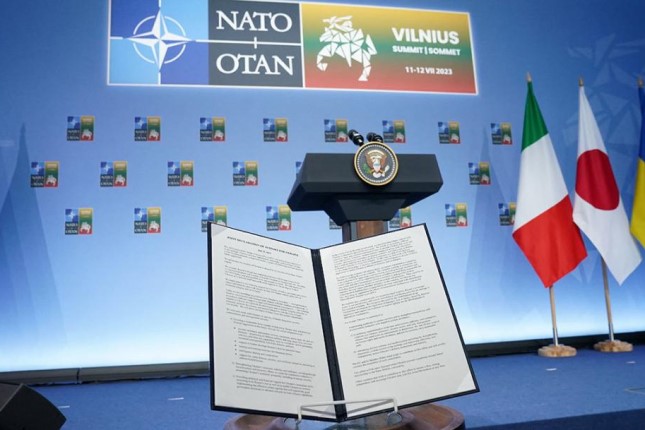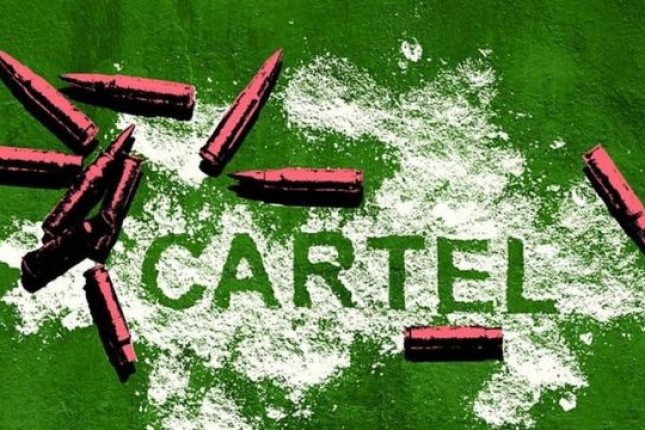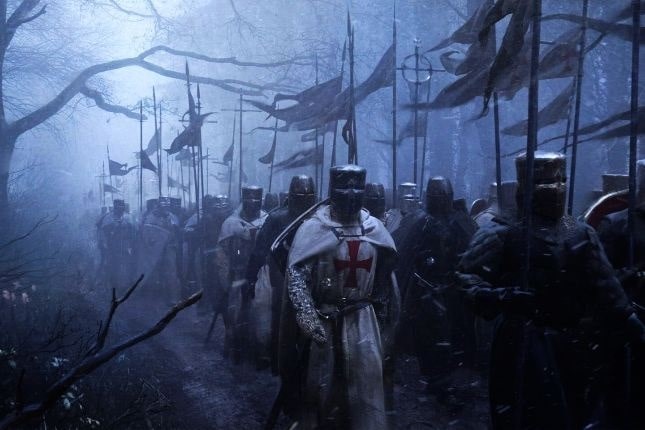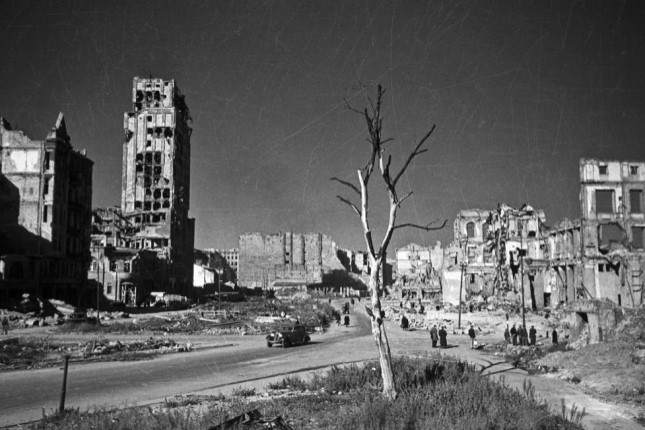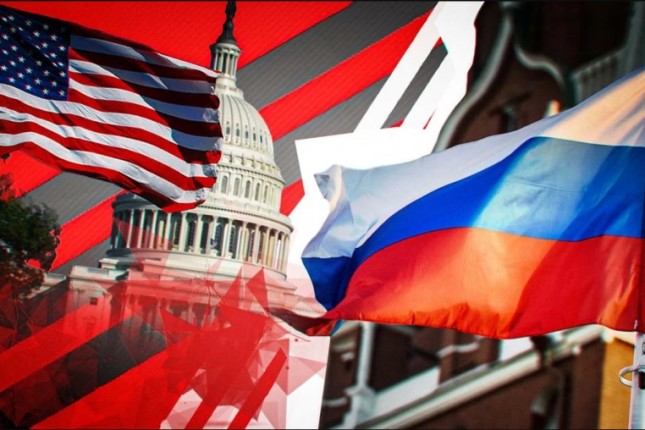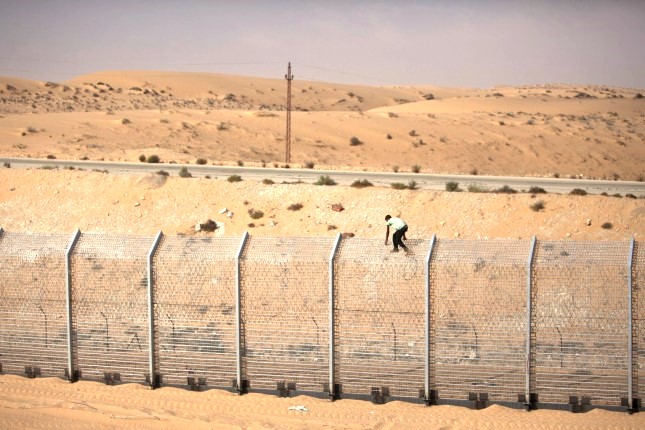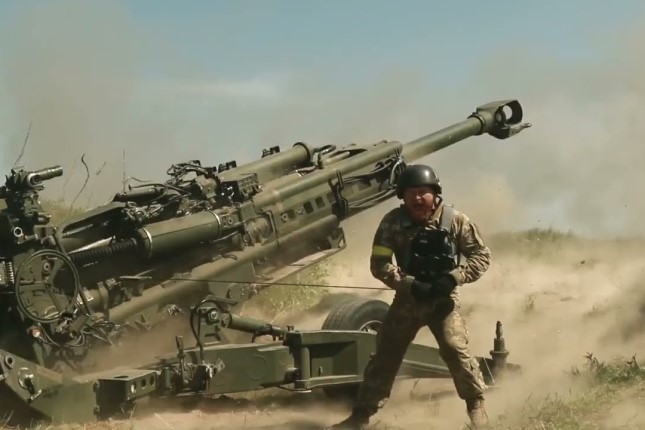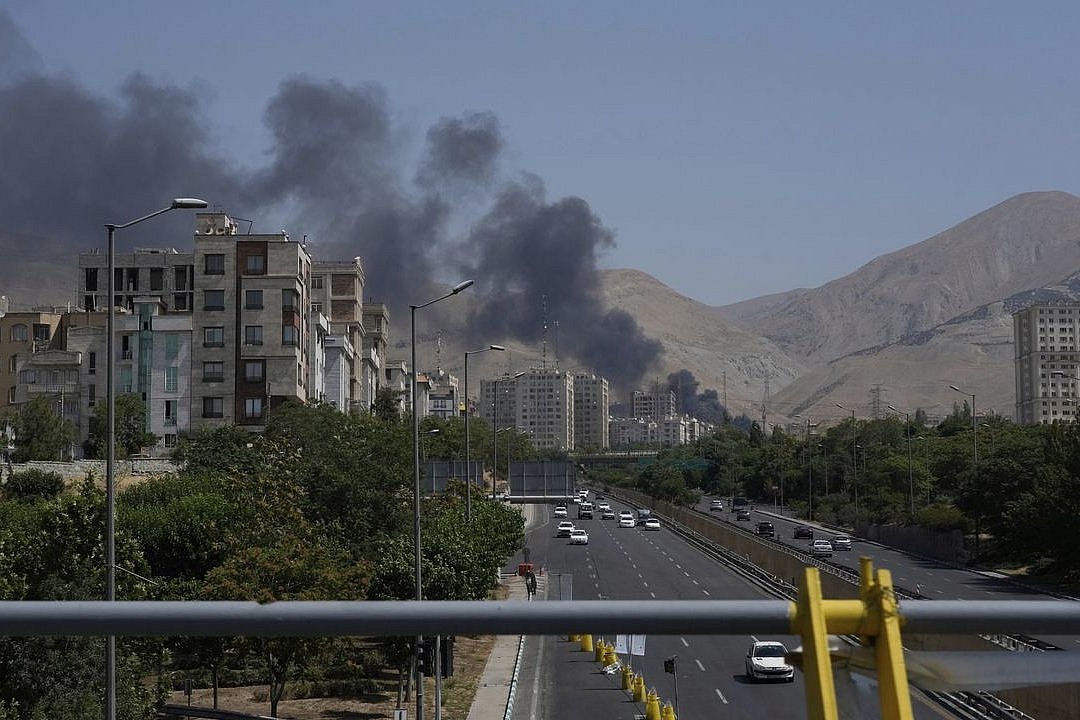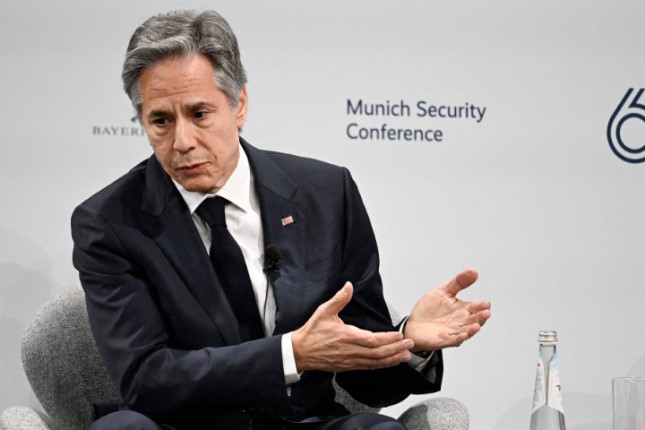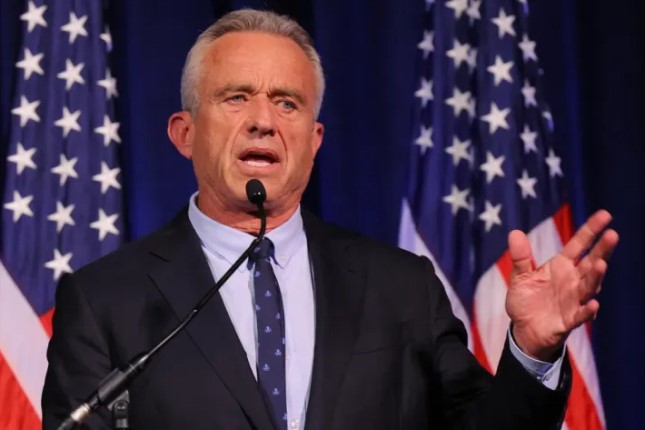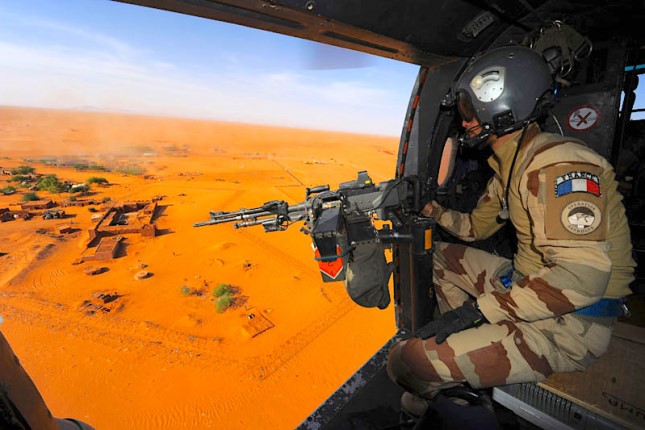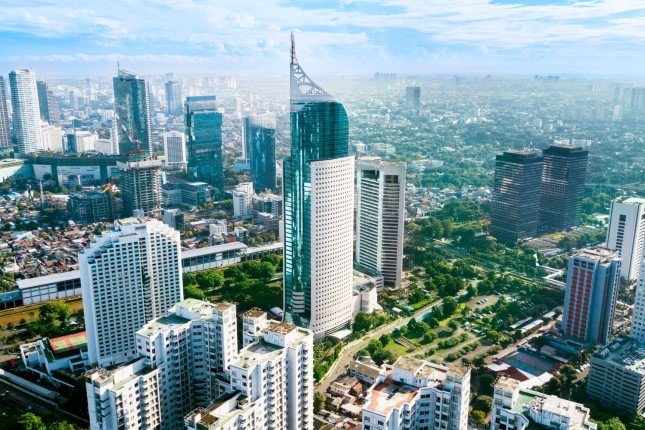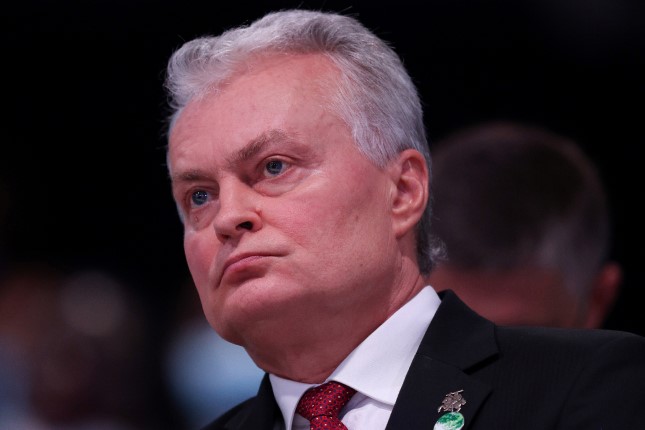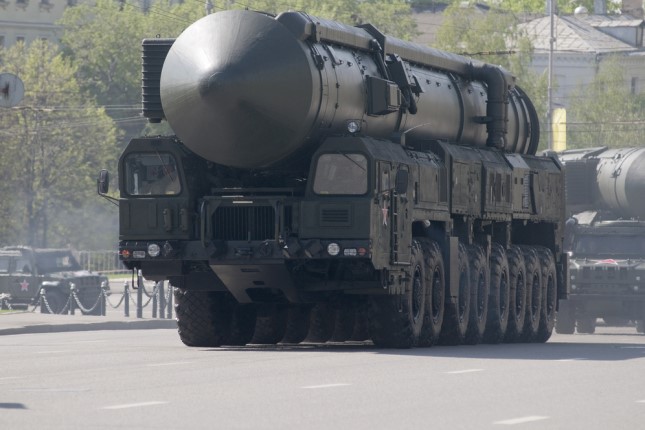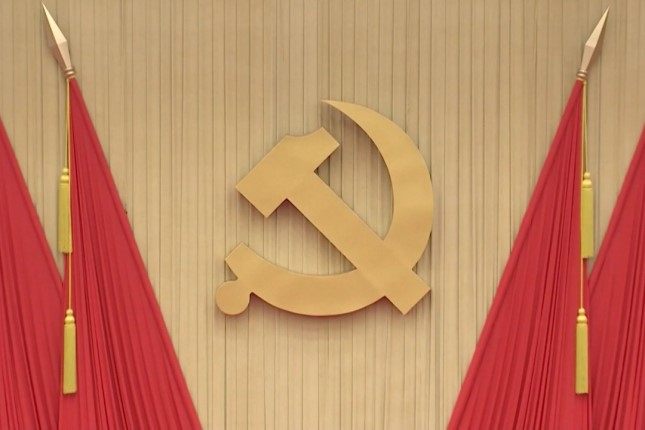Indian Prime Minister Narendra Modi, in early September, unveiled a new ensign for the Indian Navy during the commissioning of India's first indigenously developed and built aircraft carrier INS Vikrant.
The new ensign symbolises Indian Navy's definitive break with its British colonial legacy and is the final step in the country's transition to using its own unique national symbols. India's strategic objective is to be the dominant military power in the Indian Ocean and to acquire the ability to project its force in the Pacific. Needless to say, there is no better way to achieve this goal than by having a formidable Navy. The introduction of India's new naval symbol is a clear testament to India's ambitions pointing to the emergence of a new assertive and independent world-class player on the high seas.
When India got its independence from colonial rule in 1947, India's Navy adopted an ensign that had traced its roots back to the British ensign. It bore a straight red-coloured Cross of St. George, England's patron saint, on a white background with the national flag of India in the top left corner, with the cross itself carrying various Indian national symbols that had changed several times over the ensign's history.
There is nothing surprising about the Indian Navy's use of an inherently British flag. In the late 1940s and in the 1950s, most of the Indian Navy's commanding officers were British, with a British admiral remaining in charge of the republic's Navy until as late as 1958. And while the last British officer had left the Indian Navy in 1962, India continued to look up to Britain and the British elites for years to come.
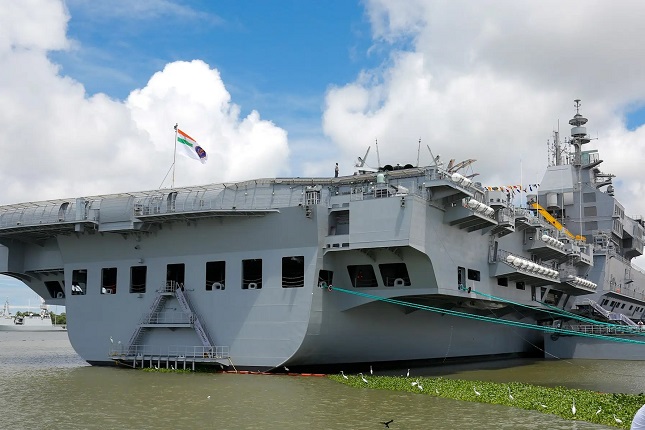
A new Indian ensign flag flies on the stern of the new aircraft carrier. Photo: livejournal.com
Following the fall of the Soviet Union and the collapse of the bipolar world order, the British royals and Britain's elite shifted their focus onto a strategic partnership with China. India's elites viewed this as a de facto betrayal by their "living white gods", as they had seen the British prior to that. Another important point is that after the UK had effectively destroyed its mighty Navy in the early 1990s, six British frigates were sold to India's sworn enemy, Pakistan, helping the latter's navy put together a whole class of missile-carrying destroyers.
Following these events, the first attempt to disassociate the Indian Navy's symbols from their colonial past was made in 2001. However, the attempt was later declared a failure because of the design's ill-conceived appearance and gaudy symbolism – a clichéd combination of an anchor and the national coat of arms and the fact that the ensign's colour scheme made it indistinguishable from that of the sky and the ocean. As a result, in 2004, the national ensign reverted to its original design with the familiar English Cross of St. George.
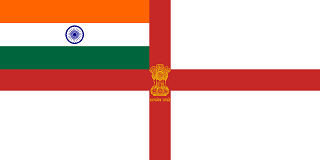
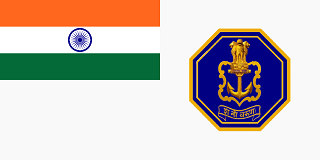
The latest redesign of the ensign is by far more fundamental and imbued with profound meanings. It is reflective of India's strategically assertive military ambitions and, perhaps more importantly for New Delhi and the whole world, its global cultural aspirations.
The ensign's upper left canton still features India's national flag. At the centre of the white background's fly side is a new octagonal-shaped emblem of India's Navy depicting an anchor surrounded by twin golden borders and the Navy's motto: "be auspicious unto us oh [god] Varuna". Above all that is India's national coat of arms with the Ashoka column cap featuring four lions facing four directions.
The octagonal shape represents the eight directions of reach and operational capability of the Indian Navy. In other words, it symbolises the global character of the Indian Navy, in a nod to NATO's wind rose star emblem. The previous national version of the Navy ensign had lacked this symbolism.
The emblem's shape, accentuated by the twin golden borders, refers to what is known as the Seal of Shivaji, so named after India's 17th-century hero Chhatrapati Shivaji, the founder of the Marathi Empire that dominated central India in the 18th century. Shivaji was the first ruler of the Modern Era to build India's relatively powerful Navy. The inscription on the original royal seal extols its power that is compared to the rising of the new moon worshipped by nations. The motto that appears on the new Navy ensign calls out to Varuna, one of the Vedic gods thought to be the ruler of all the world's waters, who is also the supreme guardian of justice and the judge.
Through this gesture, the Indian Navy (which traces its seafaring traditions back to very early antiquity when Indians were said to sail to the shores of Africa, the Persian Gulf, and China) does away with Britain's patronage and turns instead to India's ancient gods for their intercession, thus emphasising that its lineage goes back to King Ashoka who instituted Buddhism (a peaceful religion for the most ferocious peoples) and the Marathi King Shivaji who challenged Muslim Mongols and early European conquerors.
In front of our eyes, a colossal and belligerent civilisation is shedding the restraints that once bound it and is unleashing its pent-up energy. For thousands of years, in contrast with other cultures, it had not been "digesting" its conquerors but absorbed them instead. By doing so, it has managed to preserve various peoples and their cultures with their spiritual, scientific and military traditions, including the language and heritage of the ancient Aryans, the decimal numeral system and mathematics of the now extinct peoples of Central Asia. This also includes the culture of the Dravidians, who are related to the Finno-Ugrians, the powerful Persian, Arabic, Turkic and many other substrates, thanks to India's caste system.
Current descendants of all these very ancient and aggressive militant cultures are now part of India's contemporary military elite. Where India's armed forces may be lacking in general orderliness and military discipline, they make up for it by striving to master new and sophisticated technologies and equipment and by the army's and the public's low sensitivity to casualties and their willingness to fight on and not surrender even in defeat.
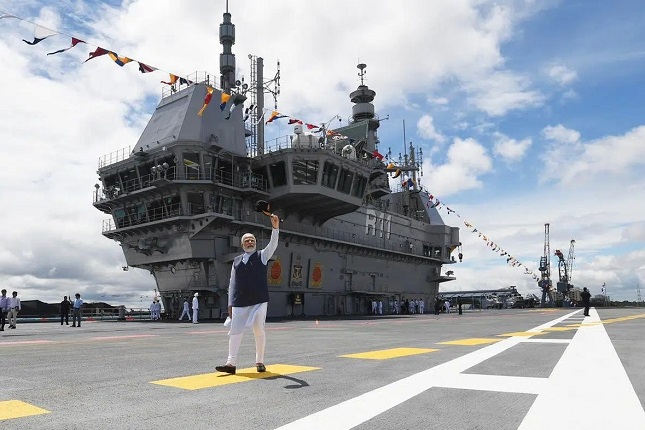
India's Prime Minister Narendra Modi on board INS Vikrant, the nation's first home-built aircraft carrier. Photo: livejournal.com
These distinctive traits dovetail really nicely with India's self-proclaimed civilisational exceptionalism manifested in the nation's ability to preserve cultural and religious values inherent in its own peoples that are universal to the whole world. India's new military power will be fuelled by its navy that has to dominate the Indian Ocean region – by being stronger than all regional powers and comparable to the regional capabilities of the navies of the US, China, Russia, and EU countries – and be capable of defending India's economic and cultural interests in the Pacific.
